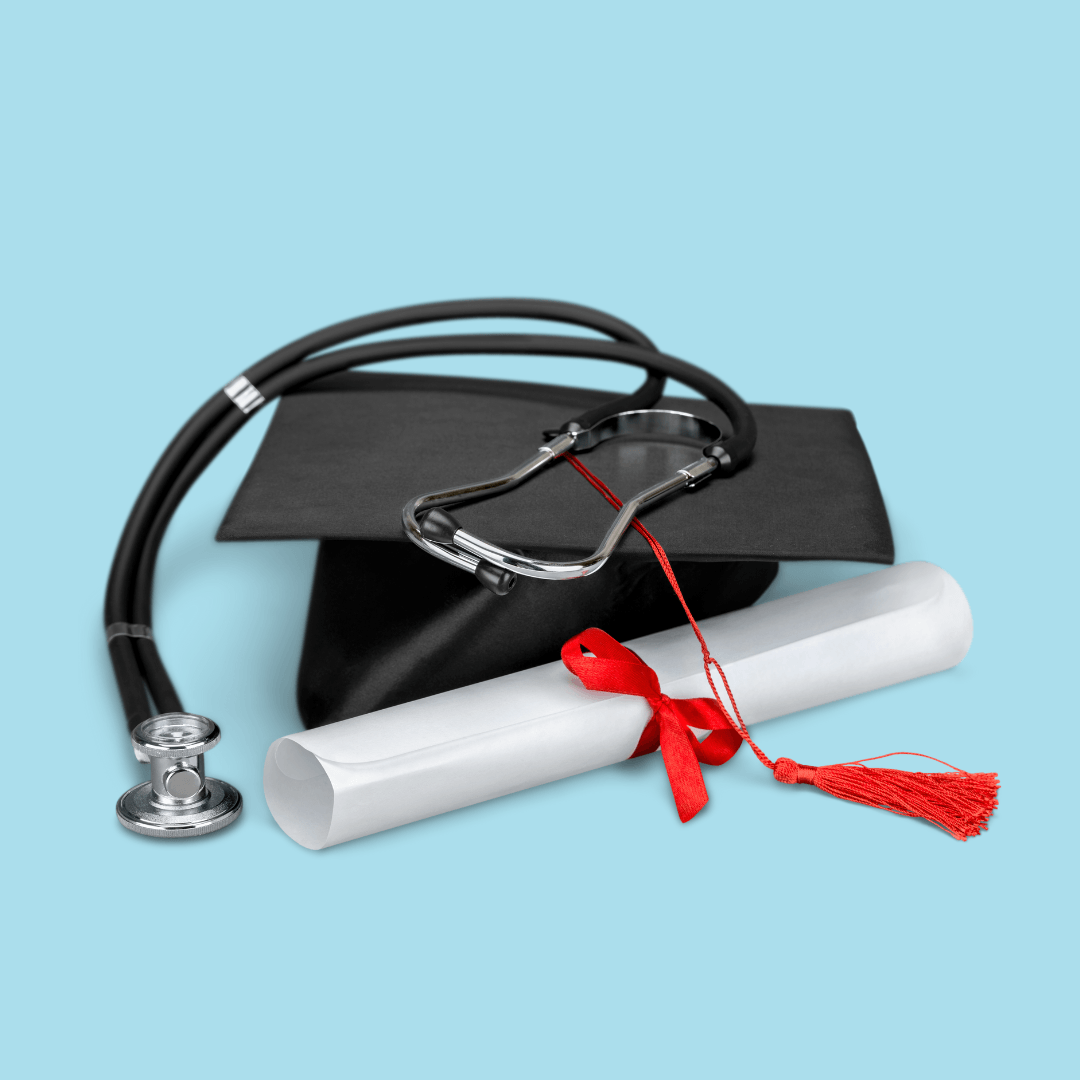A Complete Guide to Lifestyle Medicine Certification: What You Need to Know
In today’s fast-paced world, chronic diseases are more prevalent than ever. Fortunately, there’s a growing movement toward prevention and long-term wellness — and lifestyle medicine is leading the charge. If you’re passionate about empowering others to live healthier lives, getting certified in lifestyle medicine might be the perfect next step.
Let’s break down exactly what lifestyle medicine certification involves, who it’s for, and how you can get started.
First Things First: What Is Lifestyle Medicine?
Before diving into the certification process, it’s important to understand the foundation of lifestyle medicine. Unlike traditional medicine, which often focuses on treating symptoms with medications, lifestyle medicine addresses the root causes of illness.
It focuses on six key pillars:
Nutrition (primarily plant-based)
Physical activity
Stress management
Quality sleep
Avoidance of harmful substances
Social connection
By using these pillars, lifestyle medicine aims to prevent, treat, and even reverse many chronic conditions — such as diabetes, heart disease, and obesity.

Why Consider Certification?
So, why pursue lifestyle medicine certification in the first place?
To begin with, it adds credibility to your practice, showing that you’re committed to science-backed, preventive care. Additionally, it opens up doors in both clinical and non-clinical roles — from hospital settings and health systems to coaching, corporate wellness, and education.
Moreover, patients today are increasingly interested in sustainable health solutions. Certification shows that you have the expertise to guide them.

Who Is Eligible?
If you’re wondering whether this path is right for you, the answer might be yes. Lifestyle medicine certification is designed for a variety of professionals, including:
Physicians and surgeons
Nurses and nurse practitioners
Dietitians and nutritionists
Pharmacists
Physical therapists
Psychologists and mental health counselors
Other allied health professionals
Depending on your background, your certification requirements might differ slightly — but the core knowledge remains the same.

Step-by-Step: How to Get Certified
Now that you know who can apply, let’s walk through the certification journey, step by step.
1. Check Your Eligibility
First and foremost, ensure you meet the basic educational and professional criteria laid out by your country’s certifying body — such as the American College of Lifestyle Medicine (ACLM)or the International Board of Lifestyle Medicine (IBLM).
2. Complete the Required Coursework
Next, you’ll need to complete approximately 30-50 hours of continuing education focused on lifestyle medicine topics. Fortunately, these can often be completed online at your own pace.
Popular options include:
ACLM’s Lifestyle Medicine Core Competencies Program
The “Essentials of Lifestyle Medicine” series
Harvard or Stanford-affiliated courses (some offer CME credits)
3. Gain Practical Experience
In many cases, candidates are also required to demonstrate practical application of lifestyle medicine principles — whether in clinical care or coaching sessions. This shows that you're not just learning the theory, but actively applying it.
4. Prepare for and Pass the Exam
After completing the coursework and practice requirements, you’ll take a comprehensive exam. This typically includes multiple-choice questions that test your understanding of:
The six lifestyle pillars
Behavior change techniques
Chronic disease management
Scientific evidence supporting lifestyle interventions
5. Maintain Your Certification
Finally, once you’ve earned your certification, the journey doesn’t end there. Most boards require renewal every 10 years and ongoing professional development to ensure your skills stay sharp and up-to-date.
What Does It Cost?
Of course, it’s important to consider the financial investment. While prices vary depending on your location and profession, here’s a general estimate:
Coursework: $1,000–$2,000
Exam Fee: $850–$1,200
Optional membership (ACLM, IBLM): $100–$300 annually
Keep in mind that many organizations offer scholarships, student discounts, or group rates, so be sure to explore your options.

How Long Does It Take?
If you’re balancing a job or family life, you’ll be happy to know that the certification process is flexible and self-paced. Most professionals complete it within 6 to 12 months, depending on how quickly they move through the coursework.
What Comes Next?
Once certified, a wide range of opportunities opens up. You could:
Integrate lifestyle medicine into your current practice
Launch a private coaching business
Work in corporate wellness programs
Teach or consult in public health
Collaborate with fitness and nutrition companies
Advocate for policy change or community programs
In essence, this certification gives you a powerful toolkitto inspire change — at both the individual and societal level.
Final Thoughts
To sum it all up, becoming certified in lifestyle medicine is more than just earning a new title — it’s about embracing a paradigm shift in healthcare. It’s about moving from reactive treatment to proactive healing, from managing illness to promoting vitality.
If you’re ready to help people live longer, healthier lives — and do so with purpose — this certification might just be the path you’ve been waiting for.
© 2015-2024 Lifestyle Prescriptions® University. The terms Lifestyle Prescriptions®, Organ-Mind-Brain Anatomy™, and Root-Cause Health Coaching™ are worldwide trademarks of the Lifestyle Prescriptions® University and can only be used after completing qualifying training programs. Lifestyle Medicine WORKS™, Lifestyle Medicine Summit, HealthiWealthi™ are trademarks of Lifestyle Medicine University Foundation.
* This website and all LPU training programs are for educational purposes only. No medical diagnosis, therapy, or treatment is provided.




